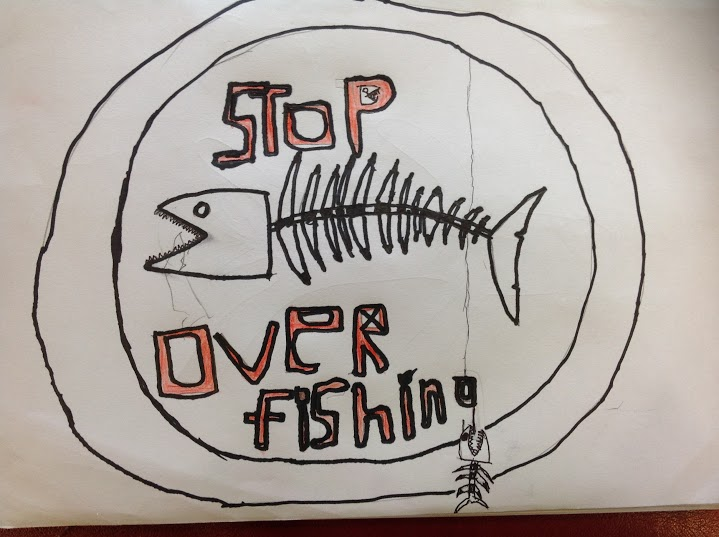We've been talking about how important happiness is and introducing the idea of character strengths this week.
We all wrote about a happy time in our lives. Here are a few examples of our work:
The Pit
Lake weed, jump, lakeweed, jump, as I jump I breathe, deep breaths,in and out. I smell, cows, poo, lake weed, water, green-water. I’m skimming like a stone over the puddle of green weed. WEED! Prickly, clingy, weed my new worst enemy. The smell, it stinks so bad it's good. I breathe deep breaths. In and out. It's good. I'm happy. And that's all that matters. Happiness.
By Emma
The jump
I lined myself up and gracefully trotted over the trotting poles. The scent of horses stained my clothes. It was my favourite smell ever. Gathering my reins, I approached the bending poles.
'Look where you want to go, back straight, low hands,' I repeated the advice my instructor had informed.
I gave Pebbles a little kick to keep up her small stride, speedy trot. The sound of hooves got louder, as I gently steered the reins side to side. I felt the eyes of my instructor perched on me like a vulture.
''Much better!'' said the instructor.
I took a deep breath and floated over the next batch of trotting poles. In front of me lay the jump. I leaned forward. Pebbles neatly tucked her hooves up and I felt them bounce up as her front legs landed. A stream of happiness rushed over me. I, at age seven, had successfully landed my first horse riding jump.
I gave the appaloosa a huge hug, ''Thanks Pebbles.''
By Josie
Sand dune
I was on the highest sand dune. Sand. The only thing I could see was sea and sand, sand and sea. And happy faces just like mine. I was fizzing with excitement.
I could see the sea crashing over everyone that dared to stand below it. I looked down at the sandy slope below me
I clutched my boogie board. Too more people to go, fearful happiness took over my emotions. One more at the bottom.I was up. I placed my boogie board on the hot sand that burnt feet. I lay head first, fear took over. I kicked my feet to start, then hit a bump halfway down jolting my body up, as sand rushed past my body I came to a halt three or four meters away from the sea. I thought to myself this was going to be the best day, the best day ever.
By Meg






